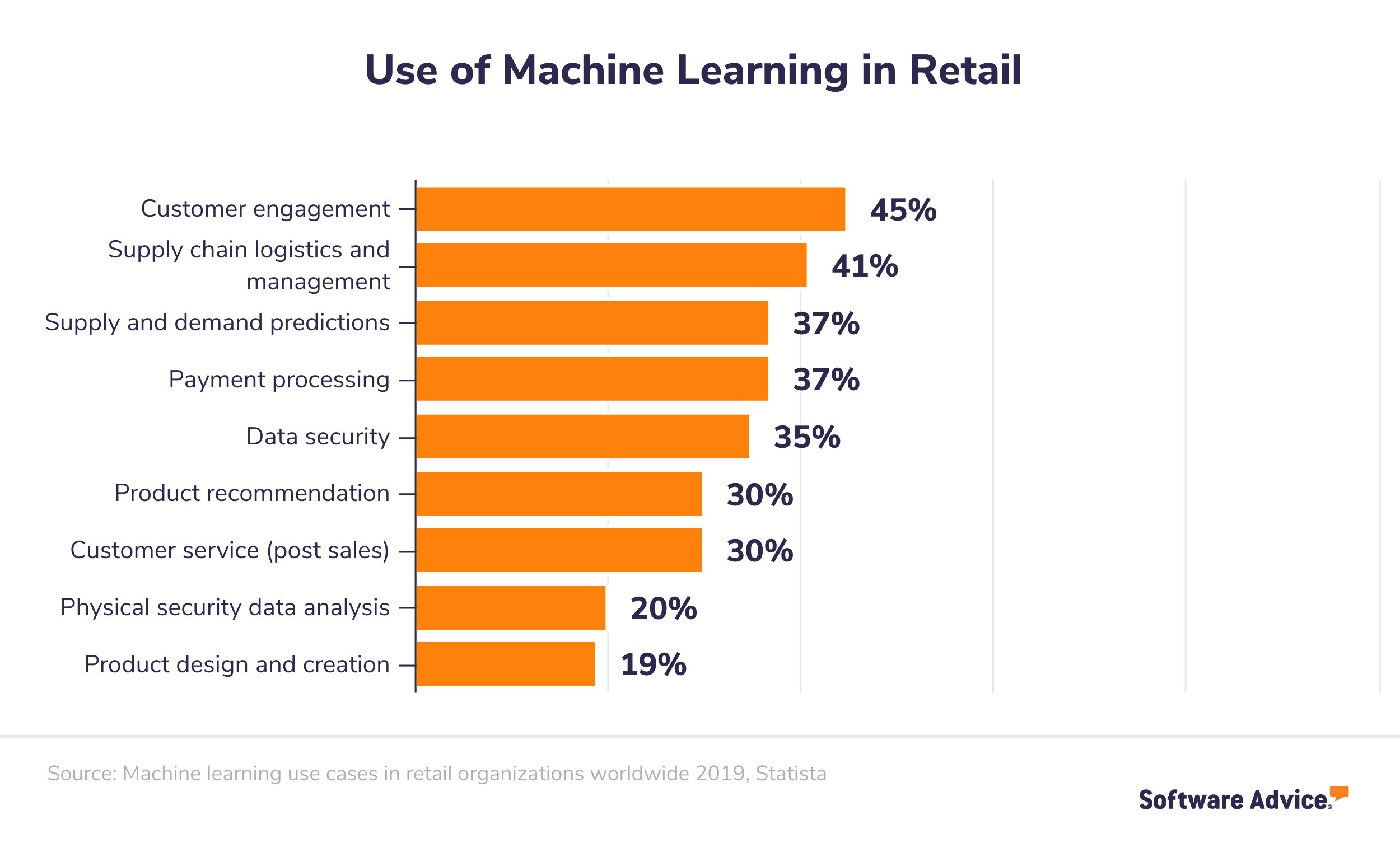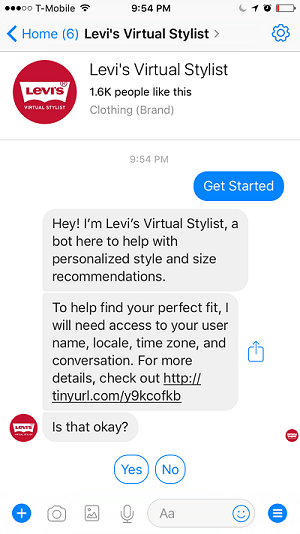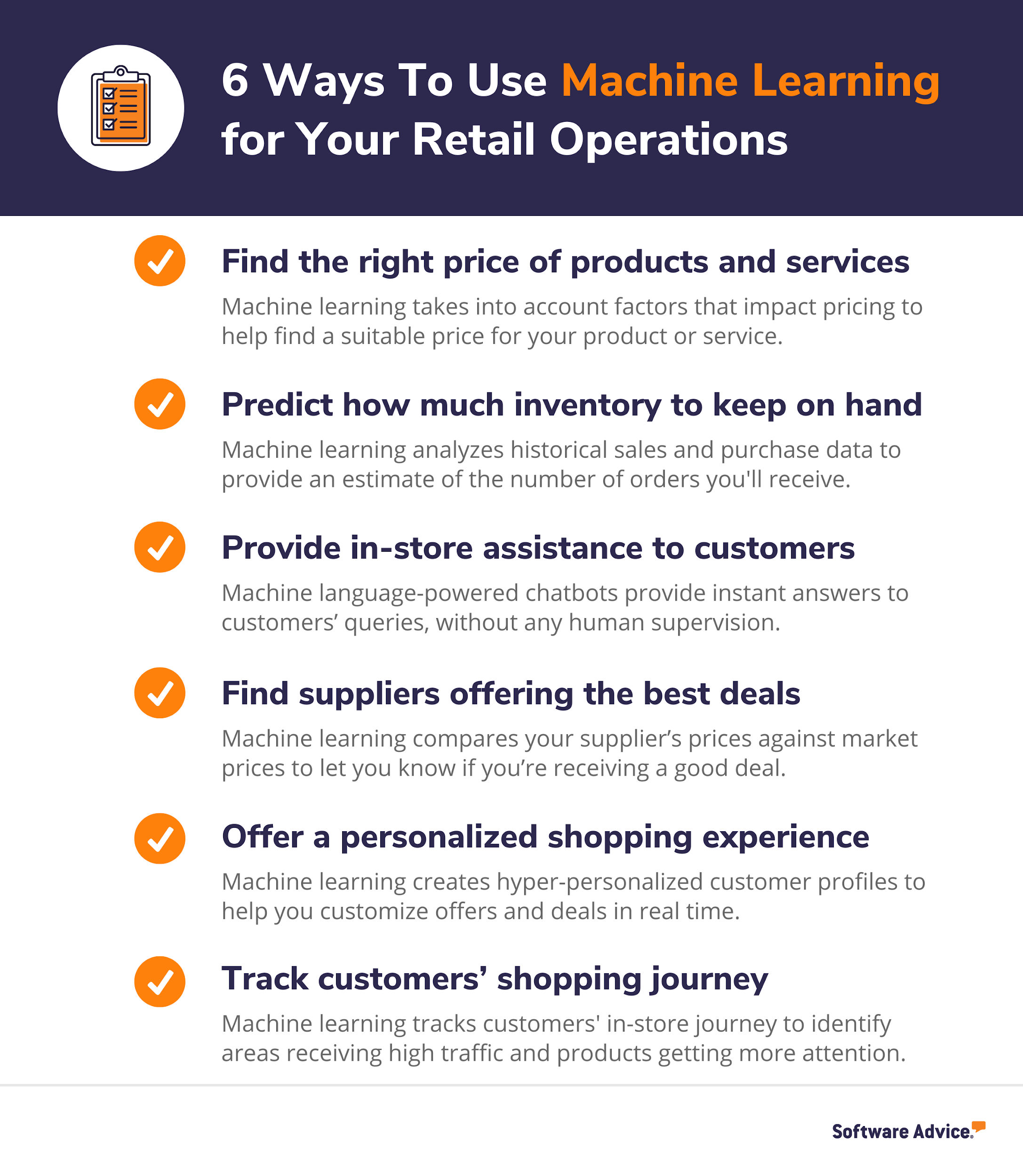Future-Proof Your Business With Machine Learning in Retail
If you’re a retailer searching for new ways to attract customers, analyzing business data is a smart way to begin your search. Data analysis offers insights to help you increase customer engagement, but it’s tough to accurately analyze large data volumes on your own. That’s where machine learning can come to your rescue.
A machine learning model can analyze and break large volumes of complex data into actionable insights, so you can better understand customer behavior and market trends. Using these insights, you can estimate future demand, set competitive prices, personalize offerings for customers, and much more.
In this article, we’ll discuss the various ways you can use machine learning technology to keep your retail business—be it an online store or a brick-and-mortar outlet—ahead of market competition.
Here’s what we’ll cover:
What is machine learning in retail?
6 ways to use machine learning for your retail operations
Ready to use machine learning in retail? Start with the basics
What is machine learning in retail?
Machine learning is a type of artificial intelligence (AI) that lets computer systems analyze and learn from data to make smart decisions and predictions, with minimal human involvement.
In the retail function, machine learning was initially used to automate daily operations, such as in-store robots restocking empty shelves and guiding customers to the right product areas, and chatbots answering customer questions and suggesting products.
But today, the use of machine learning in retail is no longer restricted to physical automation or the replacement of humans. It has expanded to automated data analysis, data-driven recommendations and decision-making, payment processing, and much more. Let’s look at the top applications of machine learning in the retail industry.
 Machine learning use cases in retail (Source)
Machine learning use cases in retail (Source)
6 ways to use machine learning for your retail operations
Machine learning offers various opportunities to increase operational efficiency, lower costs, and make your retail operations immune to market shifts, now and in the future. Here are six ways how.
1. Determine the right price of your products and services
A machine learning model mines data based on factors that impact pricing (e.g., seasonal trends, consumer demand, competitor prices, your required profit margin) to help you find a pricing sweet spot for customers. It works like a pricing optimization engine that tracks the market prices of products and services in real time.
Its predictive analytics feature also suggests the best time of the year you can start pushing prices up or down (e.g., during the holiday season or at the year-end). You can even feed market data into the tool to find out how much your competitors are charging customers and accordingly price your offerings.
2. Predict how much inventory to keep on hand
There’s no way to know the exact amount of inventory you should maintain to meet customers’ demands. Buying more will result in wastage, and less will hurt your profits. The demand forecasting capability of a machine learning system can analyze historical sales and purchase data to predict your inventory needs in real time.
It considers factors such as seasonal demand, day of the week, and buying trends to provide an estimate of the number of orders you can expect to receive over a specific period. Clothing retail company H&M uses the technology to analyze returns, receipts, and loyalty card data of individual stores. This helps the company identify which items are selling more at which stores and, accordingly, update its inventory stock.
3. Provide in-store assistance to customers
Machine language-powered chatbots can provide in-store assistance to your customers, ensuring they have a pleasant shopping experience. What’s best? These chatbots work without any human supervision and provide instant answers to customer queries. They help cut down the shopping time, save sales reps time, and ensure consistent customer experience.
Fashion retailers Burberry, Levi’s, and Tommy Hilfiger offer ML-based chatbots to help customers with their purchases. In-store customers can use the retailers’ mobile apps to chat with the bots and check product availability or find their way toward a specific item.

Levi’s virtual assistant interacting with customers (Source)
4. Find suppliers offering the best deals
You must be buying inventory from either one supplier or multiple suppliers, but are you getting the best deal? Machine learning has the answer to that question. It can compare your supplier’s prices against market prices to inform, in real time, if you’re receiving a good deal.
A machine learning algorithm can mine volumes of market data to find the most competitive rates from suppliers across the country. It’ll suggest providers that have the best prices, highest discounts, fastest delivery, and quality products for your needs.
5. Offer a personalized shopping experience to customers
You can use machine learning techniques to create hyper-personalized customer profiles in real time. These profiles have details of customers’ likes, preferences, previous purchases, average spend, preferred touch points, etc., to help you customize offers and deals per the unique interests of every customer.
Amazon uses machine learning to offer a hyper-personalized experience to its customers. It uses data points such as customer name, search query, average spend, and buying history to create a 360-degree customer profile for a deeper understanding of customers and their shopping habits.
6. Track customers’ shopping journey
Smart vision cameras running machine learning algorithms can trace the journey of customers once they enter your store—the direction of their gaze, sections at which they’re stopping, items they’re picking up, etc. This information helps you identify sections receiving high traffic and products getting more attention from buyers. Accordingly, you can restructure your store’s layout and increase the promotion of popular products.
Candy store Lolli & Pops uses facial recognition to learn about customers’ preferences when they walk into the store. The service is opt-in only and scans people’s faces to help sales reps learn about individual tastes and recommend products via AI-enhanced analytics.
Ready to use machine learning in retail? Start with the basics
To reap the benefits of machine learning, ensure your data is clean—i.e., it’s free from errors and inconsistencies. Only with clean data can you expect to get accurate predictions about what’ll work best for your retail business and how to keep your customers coming back.
Here’s a quick recap of the benefits of machine learning for your retail firm.

Need assistance choosing software that supports machine learning? Our advisors can help you find the right software for your needs and budget in 15 min or less, for free. Schedule a call or click here to chat with a software advisor now.